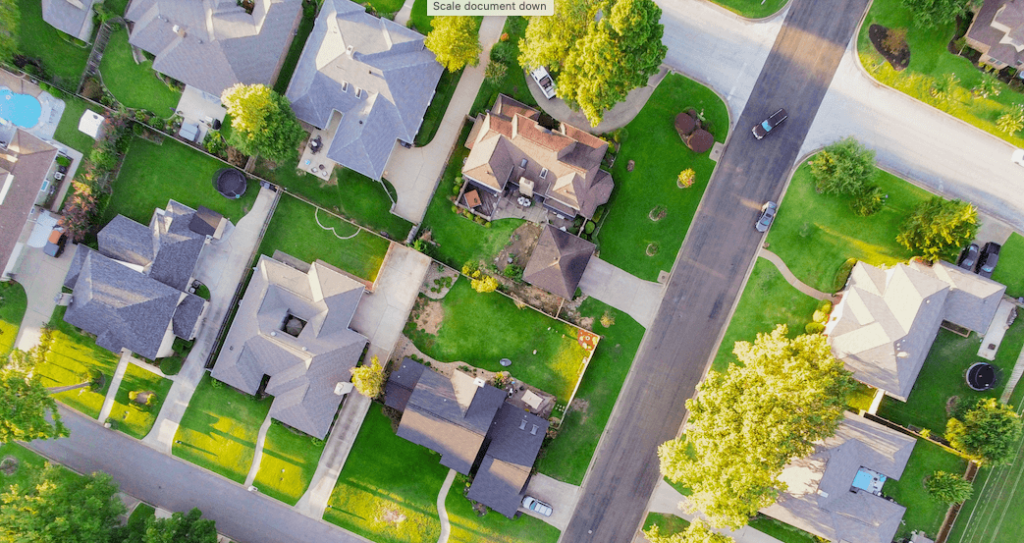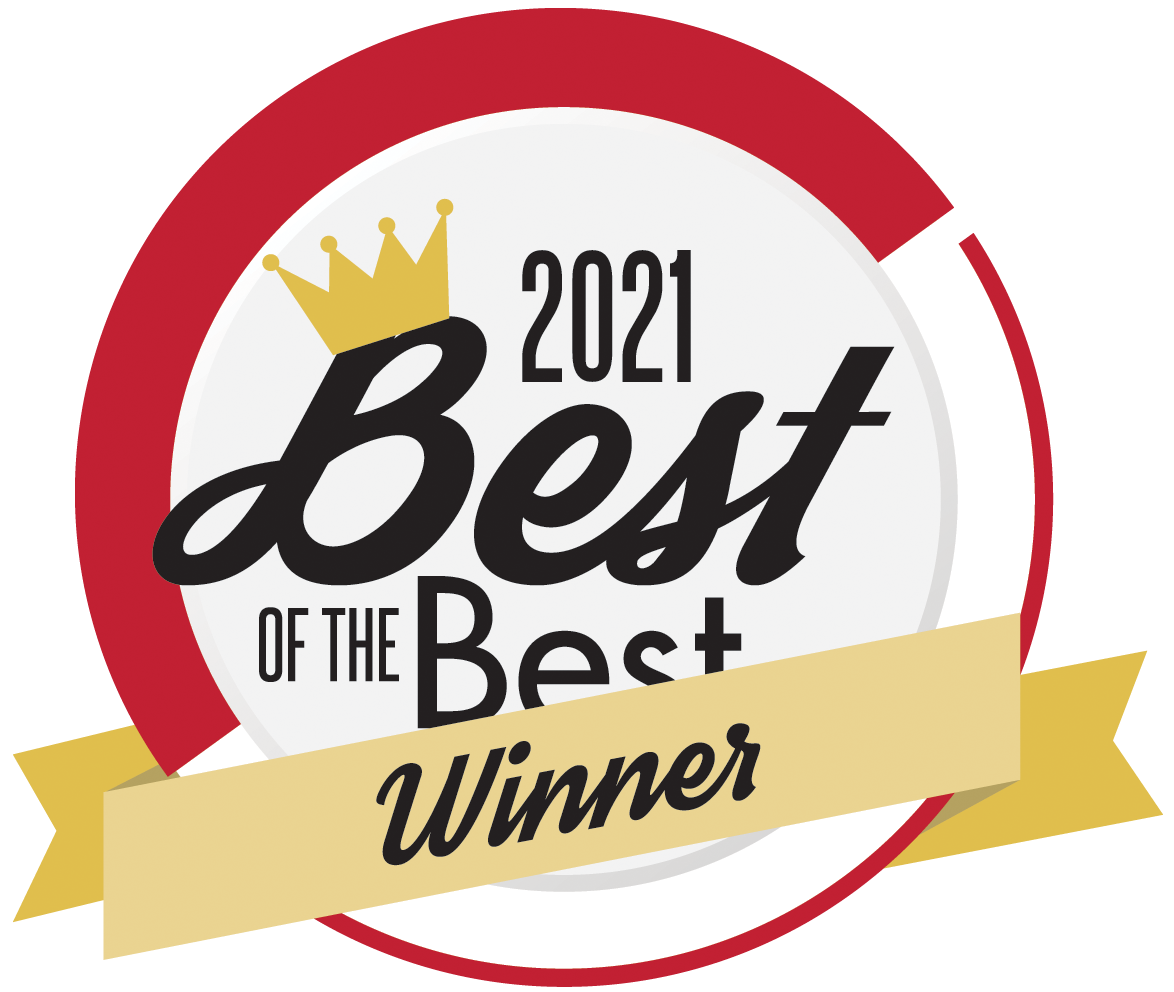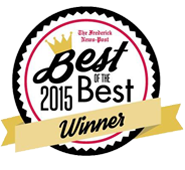July 20, 2022 in Roofing
Understanding Different Roofing Materials
When it comes to roofing installation, homeowners want it done right. A big part of that process is material selection, and which type caters to a home’s specific needs.
Shingle Roofs
Common and versatile, shingle roofing is the go-to choice for most homeowners. They’re usually warranted for at least ten years. These multilayered, sometimes known as architectural, roofing systems can be a little more expensive than others, yet the durability factor makes the investment worth it.
Built-Up Roof
A technique that’s been around for a long time, built-up roofs (BUR) have three layers within their structure. First comes bitumen, then fabric containing fiberglass ply, and, lastly, a gravel or crushed asphalt layer tops it off. BUR roofs can be pricier than their counterparts, yet are known for their durability and insulation. Good for 15 to 30 years, they’re an excellent choice for homes in warmer climates because of their inherent quality in keeping heat out. The most significant disadvantage of built-up roofs is living in an area that requires snow removal due to the top layer’s loose materials.
Metal Roof
Popular for function and that famous farmhouse style, metal roofs are a tried and true favorite. They’re a less expensive option than built-up roofs and come in various choices: galvanized steel, copper, aluminum, tin, and stainless steel. Since metal can be compromised by rust, these roofs require a top coat to protect them from rain, snow, and sunlight exposure.
Green Roofs
If you’re curious about sustainable options that are good for the environment, a green roof may be the right choice for you. The roofing material, made up of plants, is naturally efficient at reducing water runoff and insulating your home. Going green can be a stretch for some budgets due to the need for additional structure support, thermal insulation, waterproofing, installing a dedicated drainage system, composting, and purchasing the plants themselves. When properly installed and cared for, green roofs can last 40 to 50 years—longer than traditional roofs and fantastic for the planet.
Solar Power Roofs
Shingled roofs with areas covered by solar panels that convert sunlight into energy are what solar power roofs are all about. Although the upfront installation cost can be considerable, many buildings that make the switch harness enough energy to eliminate their need for traditional electricity. Not only are the environmental benefits significant, but property owners in some states can also collect and then sell extra power their system collects to their state and are happy about the tax deduction possibility.
When properly designed and meticulously installed by an experienced PJ’s Roofing crew, your new roof can reduce energy consumption, provide cost savings, and show an immediate return on your investment. Choose from a broad spectrum of materials, colors, finishes, and gauges that give you the look and performance you expect. At PJ’s Roofing, our experts are ready to help you make the perfect selection for your home.




















